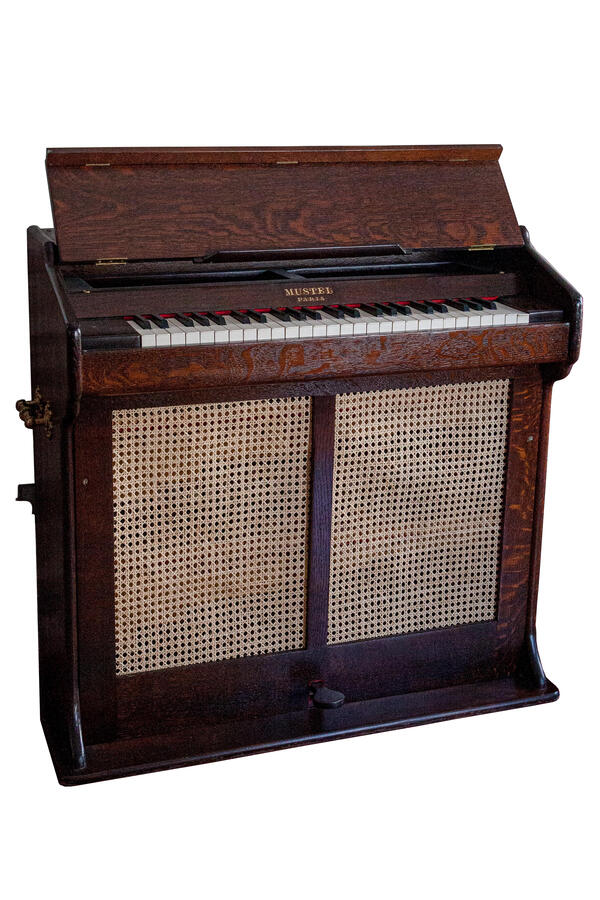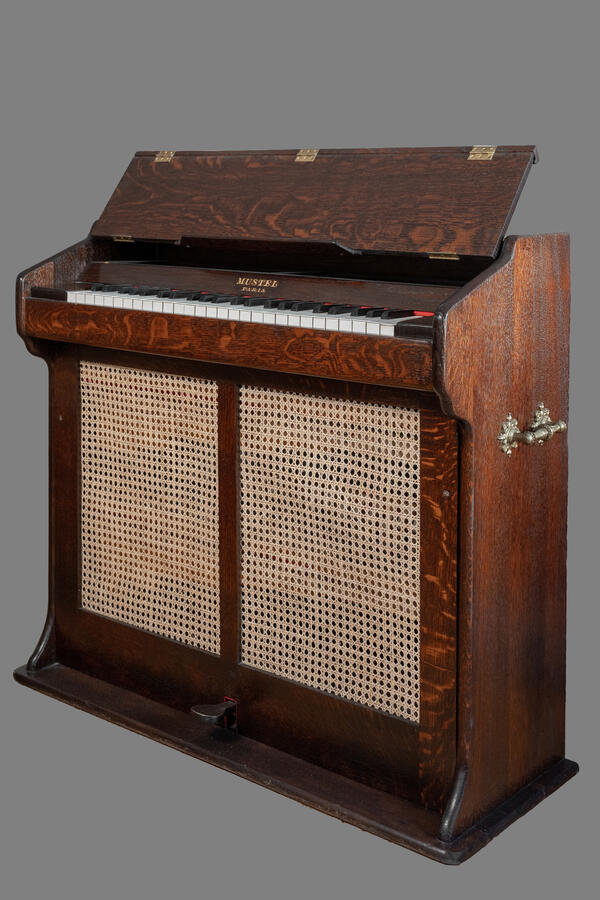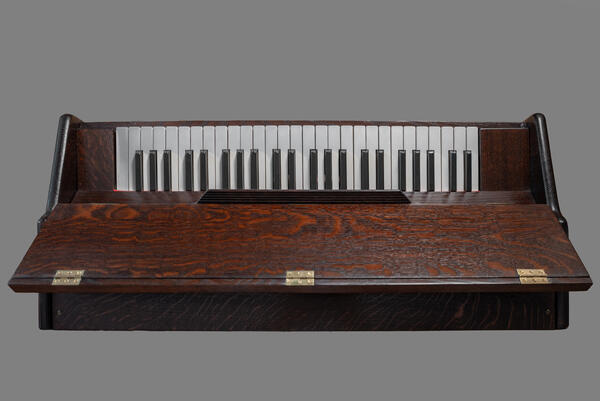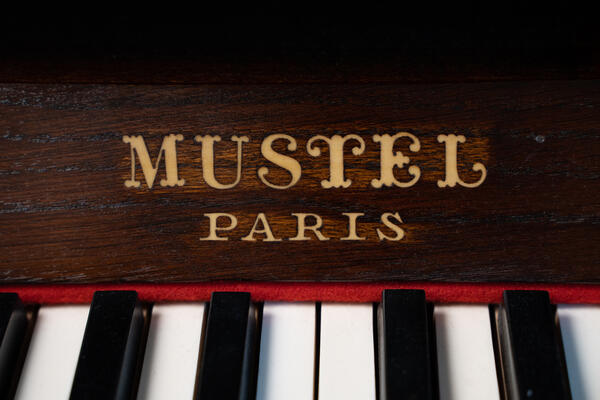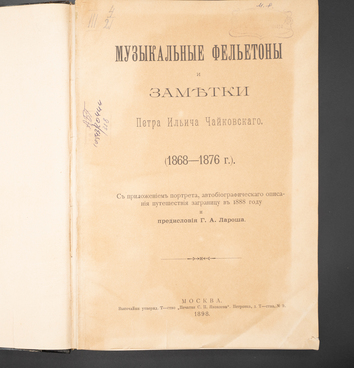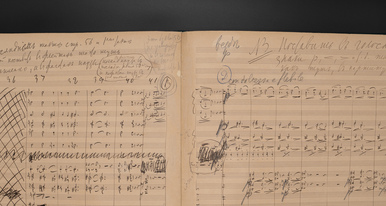The celeste was preceded by “a keyboard instrument constructed from a series of tuning forks”, invented in 1788 by an Englishman Charles Clagget. In the 1860s, the French master Victor Mustel created a similar instrument and named it a “dulcitone”. Later, his son — a piano master, harmonium and organ manufacturer Auguste Mustel — modified the mechanism. He replaced the tuning forks with steel plates with resonators. The new instrument was named “celeste”. Auguste Mustel patented his invention in 1886.
A celeste was first presented at the Exposition Universelle of 1889 in Paris. The instrument won the Grand Prix, and Mustel himself was awarded the Legion of Honor.
Pyotr Ilyich Tchaikovsky was one of the first to learn about the celeste’s invention in Paris. In 1891, he personally visited Mustel and was fascinated by the unique sound of the new instrument. He set out to use it in his orchestral works before other Russian composers.
Tchaikovsky asked his publisher Peter Jurgenson to purchase this instrument, but on the condition that he made this purchase in secret and other Russian composers would not know about it ahead of time. Tchaikovsky wrote to him,
